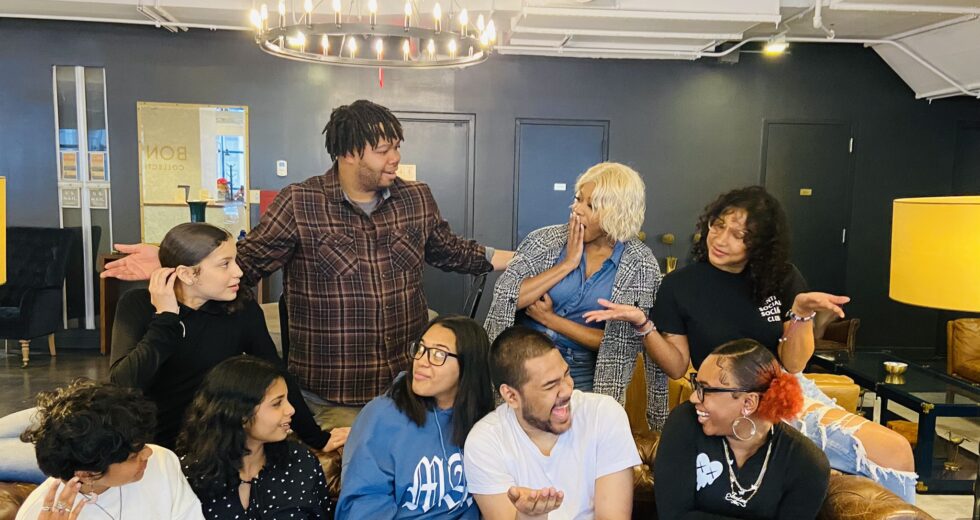Building Evidence on New York City’s Efforts to Provide Comprehensive Supports for Youth in Foster Care
Program evaluation studies implementation and outcomes of NYC's Fair Futures Program

Through its Fair Futures program, New York City funds holistic supports for foster youth from sixth grade through age 26. Over the last 5 years, Fair Futures has grown to include 25 foster care agencies.1 and serve nearly 4,000 young people through comprehensive and targeted support provided by coaches, tutors, and specialists. By providing holistic services responsive to each child’s needs, rather than matching youth with services in a piecemeal fashion, the program aims to advance education, employment, and housing outcomes for youth in foster care.
Is the program reaching its goals? New York City brought in Chapin Hall to answer that question as rigorously as possible. Over 4 years, Chapin Hall is conducting an evaluation that will analyze process, outcome, and impact measures that reflect the fundamental aims of Fair Futures.
The first phase of the evaluation focuses on implementation. This phase looks at process, quality, and capacity constraints, how the program is implemented, and if implementation corresponds to the design and changing needs of the program. See the Fair Futures Implementation Study Report landing page to explore findings and recommendations about Fair Futures’ implementation.
The second phase of the project focuses on the monitoring of program activities and outcomes for youth. Studies of at-scale social programs like Fair Futures are inherently complex. Fair Futures has many components, each meant to improve the services offered to young people. A rigorous evaluation design is needed to untangle all the potential influences from each other and construct a narrative that speaks to the implementation and impact of the program.
The research team assembled for the Fair Futures evaluation has the requisite depth of experience needed to carry out a first-rate evaluation. We brought together a diverse group experienced with outcome and process evaluations, youth making the transition to adulthood, and methods grounded in longitudinal studies of well-being.
1. We worked with 26 foster care agencies when we conducted the study; one agency closed in 2023.↩
 Thank you for your interest in Chapin Hall’s research. Please share some information to access this file.
Thank you for your interest in Chapin Hall’s research. Please share some information to access this file.